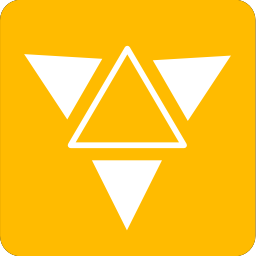 Rayve
RAY TRACING 3D GAME ENGINE
Rayve
RAY TRACING 3D GAME ENGINE

Internal test project - 03/31/25 - Headquarters location terrain.
More...
Full Ray Tracing
Rayve reinvents game engine design with pure ray tracing. It has no resemblance to
current rasterization engines. OpenGL, DirectX, Vulkan* are not used.
An internally developed ray tracing approach balances graphic fidelity and fast frame rates.
Deterministic ray paths are used that do not require denoising and give clean graphic detail.
*Vulkan is used for access to the GPU and display, but not for rendering.
Ray Tracing Simplicity
- No draw calls
- No frustum culling
- No occlusion culling
- No vertex processing
- No overdraw reduction
- No screen space calculations
- No environment or cube mapping
- No forward / deferred rendering
- No level of detail meshes
- No transparency ordering
- No shadow mapping
- No depth buffers
- No mip-mapping
- No filtering
Features So Far...
- PBR materials
- Dynamic lights
- Dynamic shadows
- Global illumination
- GPU characters
- GPU particles
- Physics
- Scene queries
- Collision events
- Spatial audio
- Simple fog
- Skyboxes
Data-oriented entity/component design
Power-of-2 bucketed memory technology
True ray traced supersampling (1x to 4x)
Half-Res mode and trace limiting
More features to come...
System Requirements
Rayve, and games made with Rayve, require Windows 10 and above.
For FHD & QHD, Nvidia 3070 minimum (4070 or higher recommended).
For UHD, Nvidia 4080 or higher recommended.
A gaming class PC with a minimum 4 cores, 8gb main memory.
Latest Nvidia graphics driver.
Support for AMD GPU's is planned, but not currently available.
What
Rayve is a single-header ANSI C API and DLL. The business model is commercial/proprietary/closed-source.
Rayve has been in part-time development for 5 years, and now is in full-time development.
Why
Rayve explores a new rendering approach for games. The current widely used rasterization method
is a hybrid 3D/2D approach from the 1970's with years of complex technology layers added. With the advent
of hardware ray tracing, a new option is available for simpler, fully 3D rendering.
When
Spring 2025.

Raylogic was established in 1999. All content ©Raylogic 2025, except where noted. All rights reserved.
 Rayve
Rayve Rayve
Rayve